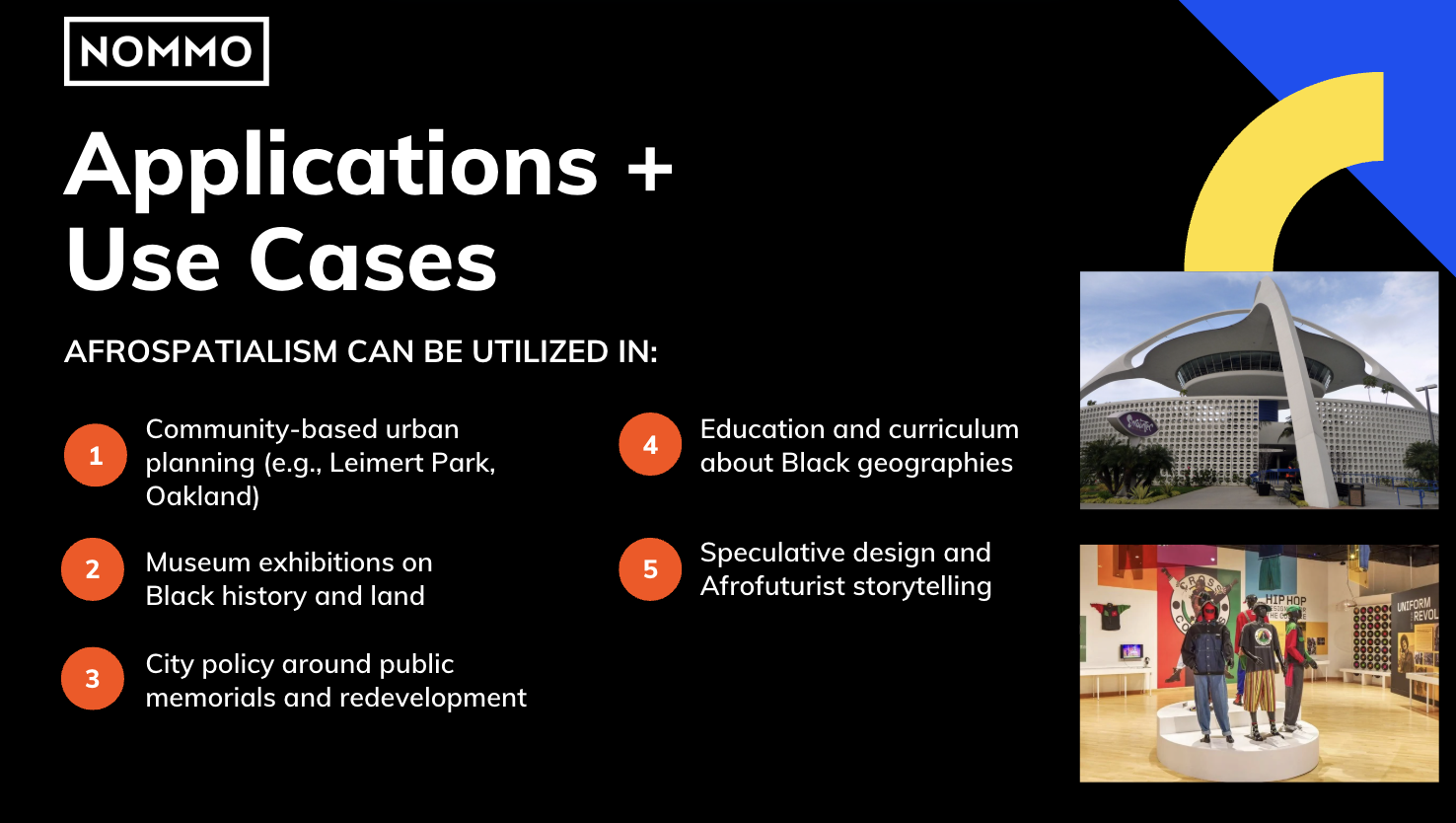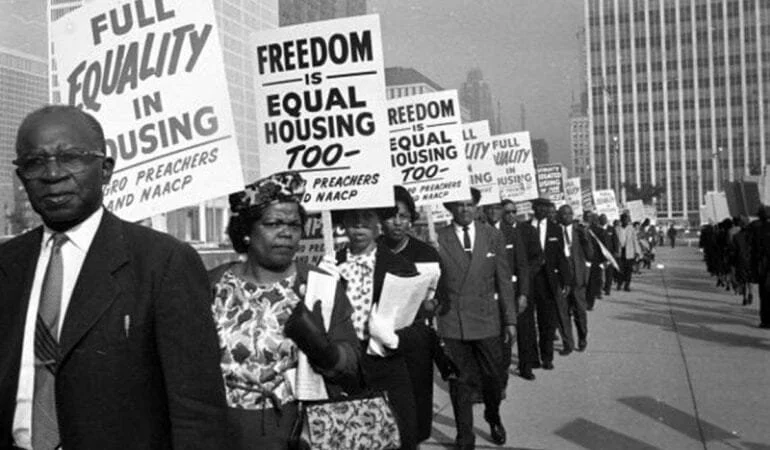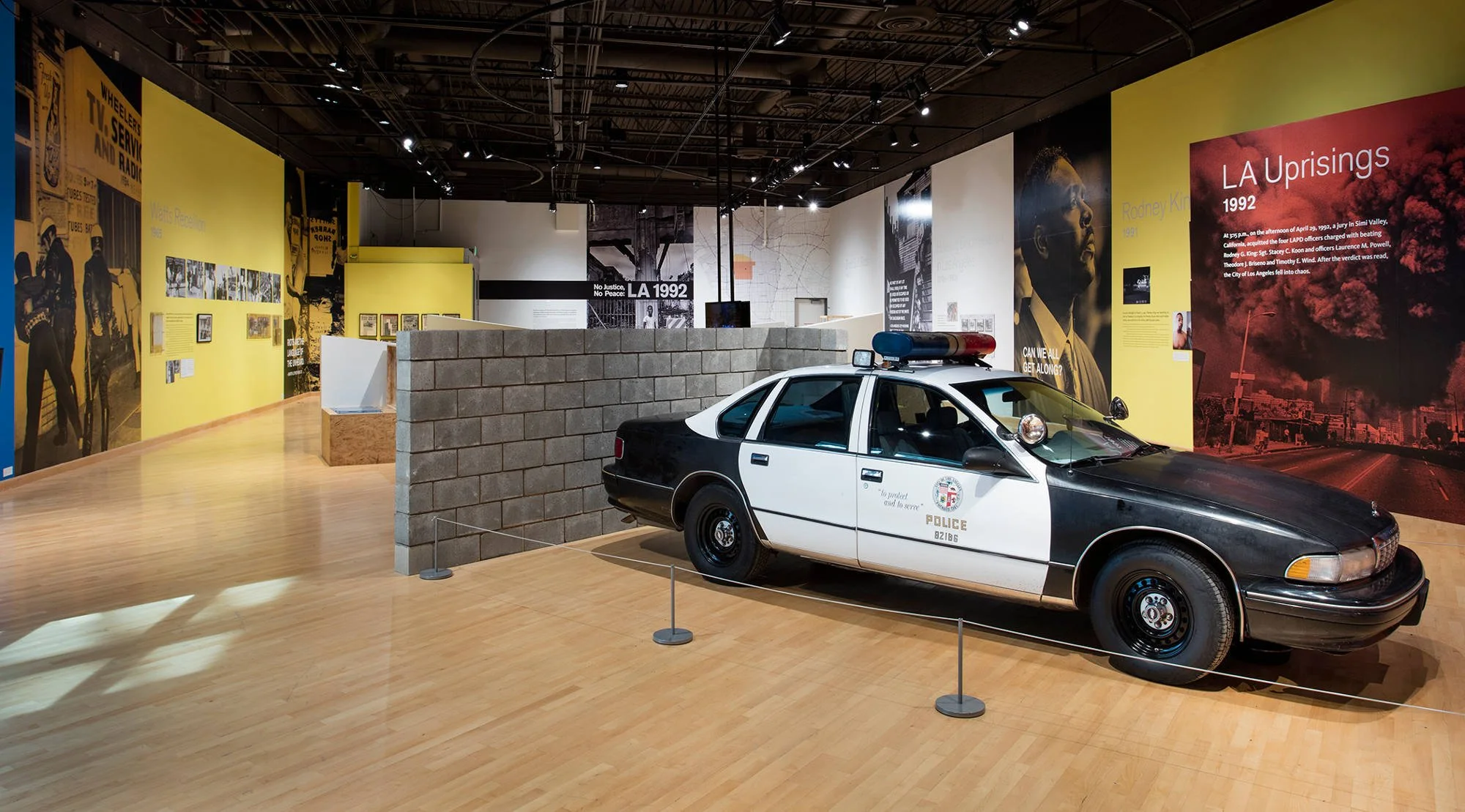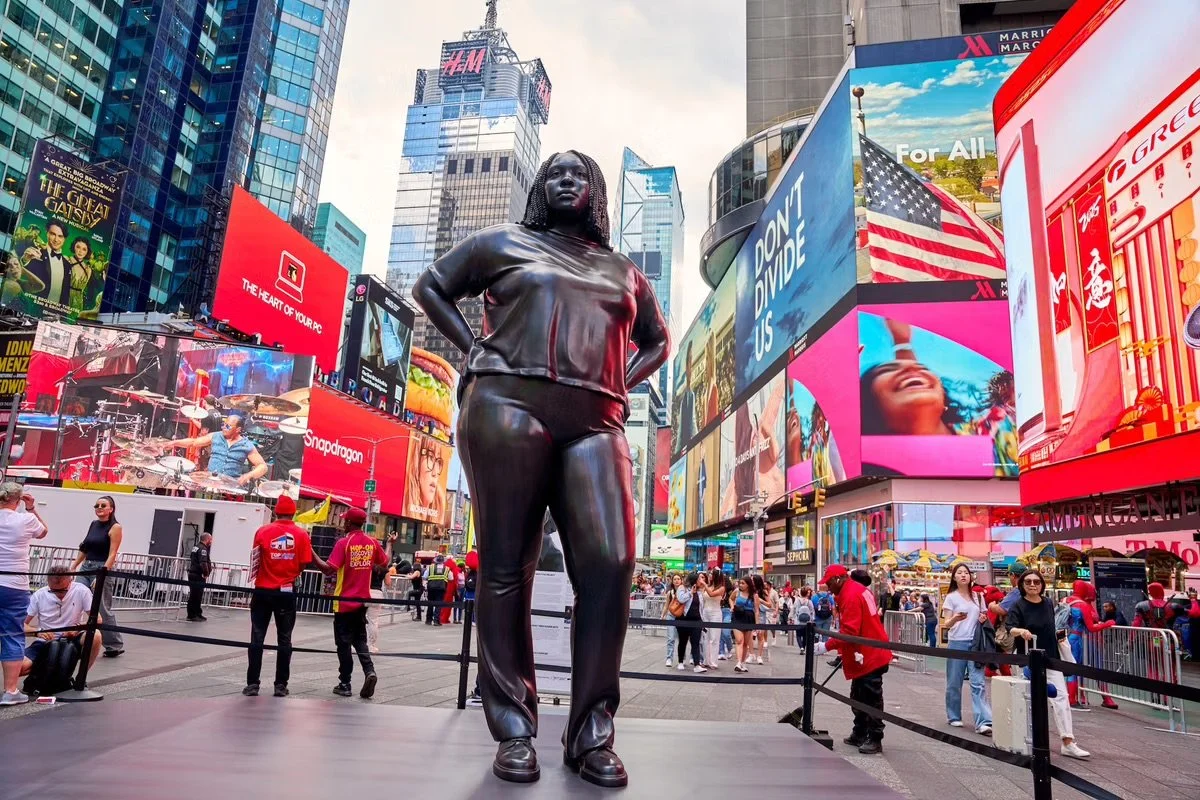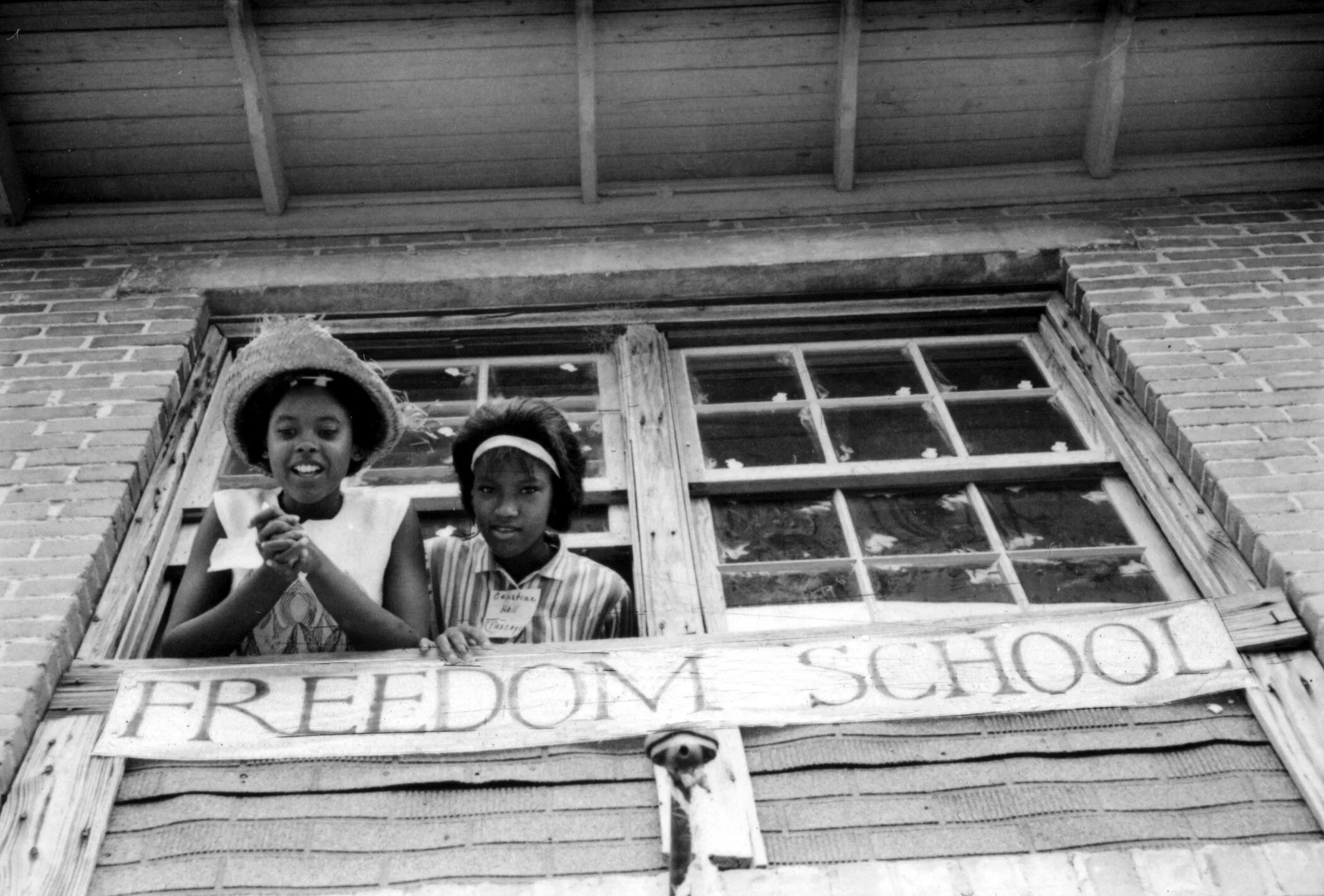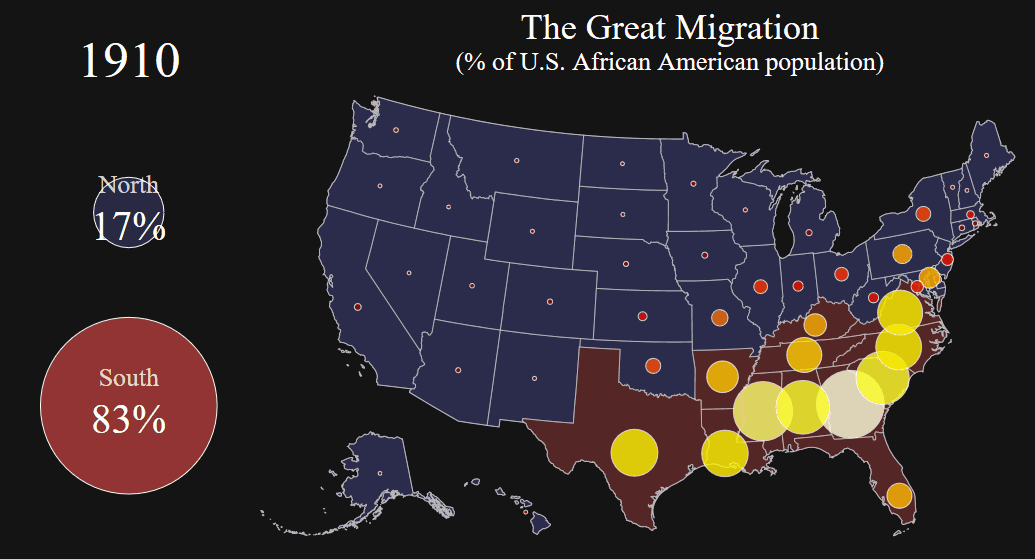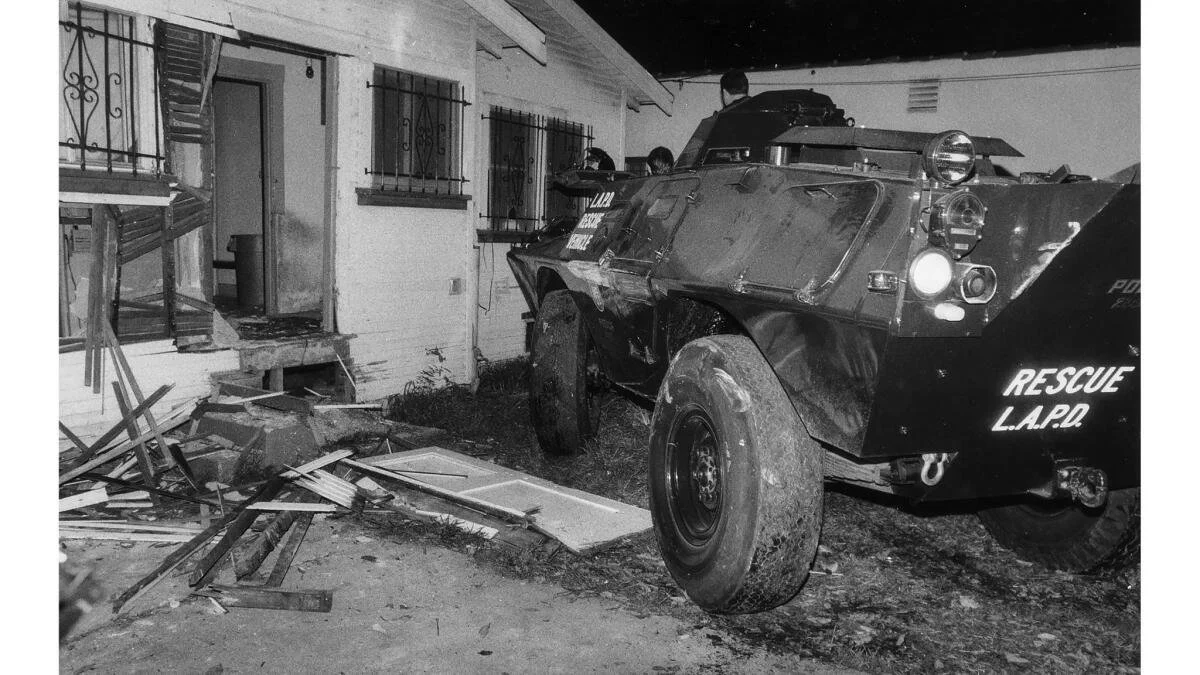Afrospatialism™ in Action: Saving the Spaces That Built Us
Earlier this month, NOMMO shared the deeply personal connection between our founder and his cousin and collaborator, Kwasi Boyd-Bouldin of Nonstndrd Creative Projects, and how together they shaped the concept of Afrospatialism™, a framework for seeing, understanding, and protecting Black space. Rooted in the lived experiences of the Great Migration westward, Afrospatialism™ invites us to reclaim, reframe, and resource the spaces we inhabit so they serve the communities that built them.
This week, we’re exploring how that framework applies to physical Black spaces, spaces that are disappearing at an alarming rate, making their preservation more urgent than ever.
Capital B. News
According to a Capital B News investigation above, 500 Black neighborhoods have vanished over the last 45 years. Since 1980, gentrification has displaced more than 500,000 Black residents, while over 3 million new residents, primarily Latino, Asian, and white, have moved into those same neighborhoods. In cities like Atlanta, Washington, D.C., New York, and San Francisco, entire communities have shifted hands within a single generation.
The article features Ted Watkins Sr., founder of the Watts Labor Community Action Committee. In the wake of the 1965 Watts Rebellion, Watkins dedicated his life to building institutions that uplifted his neighborhood. Yet 50 years later, even Watts’ Black population faces displacement. Like Watts, many of these threatened neighborhoods were key destinations during the Great Migration, and they now stand at the edge of erasure.
So how do we respond?
Afrospatialism™ offers a path forward, a multidisciplinary approach that is part practice, part philosophy, rooted in memory, resistance, and vision. It maps a way to reclaim Black spaces and reenact them as living historical sites intentionally shaped for the communities they belong to.
At NOMMO, we see five core applications for Afrospatialism™ as referenced within our framework, linked here:
Application & Use Cases for NOMMO’s Afrospatialism™ Framework, here.
Community-Based Urban Planning – Guiding professional and academic urban planners, as seen in places like Leimert Park and Oakland, to design and protect Black spaces with the explicit purpose of historical preservation and cultural continuity.
Museum Exhibitions on Black History and Land – Interpreting and commemorating Black history through exhibitions that preserve physical spaces and narratives while centering community voices.
City Policy on Public Memorials and Redevelopment – Shaping policies that protect, restore, and thoughtfully redevelop public memorials and historically significant Black spaces.
Education and Curriculum About Black Geographies – Creating learning frameworks that research, map, and teach the histories, contributions, and resilience of Black communities.
Speculative Design and Afrofuturist Storytelling – Envisioning new futures for Black spaces through design, art, literature, and media that are informed by history yet unbound by past limitations.
Urban Planning
NAACP, Pickets, Housing Discrimination, Detroit, 1963.
Urban planning is central to this work. While African Americans make up 14% of the U.S. population, nearly all existing Black enclaves were born out of necessity in the aftermath of the Civil War. In the 160 years since, no new Black cities have been successfully established—even as historic ones face accelerating erasure. This absence is not accidental; it reflects systemic neglect, disinvestment, and a refusal to treat Black communities as architects of their own futures.
Afrospatialism™ intervenes by challenging planners, policymakers, and cultural leaders to reverse this trend. It insists on envisioning and building Black spaces intentionally, with preservation, self-determination, and future growth at their core. This is not simply about saving what remains—it is about expanding what is possible: designing environments that honor history, sustain community, and secure belonging for generations to come.
NOMMO calls on urban planners, developers, and civic institutions to adopt Afrospatialism™ as a guiding framework. Doing so shifts the field from reactive preservation toward proactive creation—transforming Black space-making into a practice of power, permanence, and possibility.
Museum exhibitions
“No Justice, No Peace” LA 1992 - California African American Museum (2017)
Museum exhibitions have long been platforms for showcasing the creativity, resilience, and narratives of Black artists, curators, and communities. At their best, they function as cultural touchstones, preserving histories while inspiring future generations. Yet alignment with a project’s theme does not guarantee that a space is safe, affirming, or even accurate in its representation of Black history and art. Too often, exhibitions slip into performative gestures, undermined by inadequate curatorial follow-through, limited community engagement, or tone-deaf presentation.
Afrospatialism™ reframes exhibitions as sites of responsibility and agency, not just displays of culture. It insists that curators, institutions, and cultural leaders embed Black lived experience at every stage of the process—from conception to interpretation to presentation. This approach demands accountability, depth, and intentionality, ensuring that exhibitions do more than showcase history; they preserve its integrity and advance its relevance.
NOMMO calls on museums to move beyond tokenism and embrace Afrospatialism™ as a guiding framework. By doing so, exhibitions can shift from static presentations into dynamic, community-centered spaces that reclaim memory, resist erasure, and actively imagine Black futures.
Public Policy Around Memorials
Thomas J Price’s 12ft-tall Grounded in the Stars (2023) is classical in scale and stance, yet contemporary in style.
Photo: Steven Molina Contreras
Public memorials hold tremendous power in shaping how history is remembered, interpreted, and passed forward. They serve as collective anchors for memory, acknowledgment, and cultural pride. Yet without deliberate care, the policies and processes behind their creation, placement, and preservation can perpetuate exclusion, erasure, and misrepresentation of Black histories. Too often, memorials have been erected with little to no community input, resulting in commemorations that distort or diminish the very people they claim to honor.
Afrospatialism™ reframes public memorials as policy-driven cultural commitments. It calls for integrating Black voices and lived experiences into every stage of the process, from concept development and site selection to interpretive design and long-term stewardship. This means advancing public policies that mandate community-led decision-making, secure equitable funding for Black-led memorial projects, and guarantee protections against the removal, neglect, or political targeting of these cultural markers.
NOMMO asserts that this is not simply a matter of preservation, but of justice. Black communities must shape how their histories are honored and how their spaces are remembered. By embedding Afrospatialism™ into public policy, memorials can evolve from static monuments into active, living sites of engagement—preserving history, strengthening identity, and affirming Black presence in the public landscape for generations to come.
Education
Two girls look out the window of a “Freedom School.” © Ken Thompson, United Methodist Board of Global Ministries
As it relates to education, Afrospatialism™ is not optional; it is essential. Traditional frameworks and curricula in urban planning and architecture overwhelmingly privilege Eurocentric perspectives, systematically excluding the histories and legacies of Black and Diasporic contributions to American design and city-building. Without intentional correction, these omissions reproduce erasure. Afrospatialism™ directly challenges and redefines these frameworks, ensuring that Black spatial histories are recognized as foundational, not marginal.
To close these gaps, new and inclusive curricula must be developed and adopted, particularly within HBCU architectural and urban planning programs such as those at Howard University, Hampton University, and Florida A&M University. Afrospatialism™ provides a lens for building such curricula, grounding students in practices that value cultural memory, community agency, and preservation alongside innovation.
NOMMO advocates for HBCUs to lead this charge. These institutions are uniquely positioned to train the next generation of architects, planners, and designers to center Black community preservation in their work. By embedding Afrospatialism™ into their programs, HBCUs can ensure that the invention, conservation, and flourishing of Black communities remain integral to the stability, resilience, and future of our shared spaces.
Speculative Design and Afrofuturist Storytelling
Octavia. E. Butler
At the heart of this work lies one of the most transformative ideas: using Speculative Design and Afrofuturist storytelling to imagine new futures for Black spaces—through design, art, literature, and media—rooted in history yet liberated from its limitations. These practices allow Afrospatial thought to manifest in physical space, first as a prototype and then as scalable, real-world outputs.
By constructing these designs and narratives, afrostaptialists—whether consciously or not—can explore centralized perspectives of Black space unbound by conventional constraints. Think tanks, labs, and collaborative spaces that nurture Afrospatialist imagination are essential. They facilitate the translation of visionary ideas into tangible exhibitions, policies, memorials, and educational programs that collectively expand the possibilities for Black spatial experience.
Now is the moment to act: support, build, and participate in initiatives that center Afrospatial imagination. Invest in spaces, labs, and projects that allow Black spatial futures to be envisioned, prototyped, and realized. Together, we can ensure that history informs innovation, and imagination reshapes the landscapes of Black life.
In conclusion, embracing Afrospatialism™ offers a transformative approach to the way we perceive and interact with Black spaces, histories, and communities. By placing self-determination, cultural continuity, and community engagement at the forefront, we can reshape urban planning, museum exhibitions, and public policy to reflect the richness and resilience of Black narratives. This commitment to intentionality and accountability not only honors the past but actively paves the way for a future where Black voices are celebrated and empowered. As we move forward, let us challenge the systemic neglect and erasure of Black spaces, cultivating environments that are not just preserved but vibrant and thriving for generations to come. Together, we can create a landscape where every community feels a profound sense of belonging and possibility.
Why Afrospatialism™ Is Personal: Migration, Memory, and Black LA
The Personal Heritage of NOMMO’s Founder, Tyree Boyd-Pates, and the Legacy of Afrospatialism™ in Los Angeles, California
Kwasi Boyd-Bouldin of Nonstndrd Creative Projects (left) and Tyree Boyd-Pates of NOMMO Cultural Strategies (right) at LA Design Festival ‘25 in DTLA.
Last week, we introduced Afrospatialism™, our newest framework for reimagining Black space, and shared how it made its debut at the 2025 LA Design Festival.
This week, we explore the personal and cultural roots of Afrospatialism™ through the lived histories of NOMMO’s founder, Tyree Boyd-Pates, and his creative collaborator and Uncle, Kwasi Boyd-Bouldin of Nonstndrd Creative Projects.
At NOMMO, our work is rooted in the legacy of Black America. For both Kwasi and Tyree, Afrospatialism™ is more than a framework. It is an inheritance, shaped by their families’ journeys as part of the Great Migration, when millions of Black Americans moved westward in search of refuge and possibility. For their family and other Black Angelenos, that journey culminated in Los Angeles, CA. But their families’ dream, persisted.
As Tyree shares:
“Our families weren’t just moving. They were fleeing. And what they hoped for wasn’t just survival. They imagined something freer for us. Afrospatialism is our way of protecting that dream.”
The Great Migration (% of U.S African American Population).
We approach our practice as sons of the Great Migration—that 20th-century exodus movement in which more than six million Black Southerners fled Jim Crow in search of safety, autonomy, and possibility. Our family was part of that historic exodus, guided by the quiet courage and vision of our matriarchs.
When Kwasi’s mother and Tyree’s grandmother arrived in South Central Los Angeles with her children in the 1980s, she carried more than just their belongings. She held onto an audacious hope that, as a Black family, they might live freer, fuller lives out West. For their matriarch, who was raised in Riceboro and Savannah, Georgia, during the era of American apartheid -when “Whites Only” signs barred her from water fountains, libraries, and public dignity, Los Angeles offered a sense of relief and promise that differed from both the South and the hustle of Northern cities like New York and Chicago.
Central Avenue street scene, Federal Writers' Project, 1939 Los Angeles Public Library
Feb. 18, 1986: A Los Angeles Police Department battering ram sits next to a South Los Angeles home damaged during a police raid.(Jack Gaunt / Los Angeles Times)
But Los Angeles was never a promised land. Like so many Black migrants to the city, our families encountered new forms of spatial exclusion: redlining, white flight, freeway construction, police violence during the War on Drugs, disinvestment, and, more recently, gentrification. And still, in neighborhoods like Crenshaw, Inglewood, Compton, Altadena, and even in unexpected pockets like Hollywood, Black families like theirs carved out vibrant communities and enclaves. These places remain sites of resistance, survival, and cultural brilliance, despite divestments.
After living in South Los Angeles, Tyree’s family relocated to the Koreatown neighborhood of East Hollywood, a densely populated area with a rich cultural and business history. There, he experienced the 1992 Los Angeles Uprisings firsthand, witnessing the clash of economic frustration, racial injustice, and civic neglect among the city’s diverse communities both during and in the wake of the civil rebellion. These early experiences shaped his path and laid the foundation for the language he would later develop as a historian and museum curator, as evident in his exhibitions, where he showcased the Black experience in Los Angeles within museum spaces. Tyree translated community concerns into spatial stories, using Afrofuturism to envision Black histories and futures where Black lives are not secondary but central to city, state, and national narratives. Notably, through his debut exhibition, "No Justice, No Peace, LA 1992," held in 2017 at the California African American Museum, he showcased his afrospatial work.
“Curation became my protest. Afrospatialism is the vocabulary I built to honor our ancestors while fighting for our right to remain, to dream, and to be seen in full.” — Tyree Boyd-Pates
“No Justice, No Peace, LA 1992” exhibit at the California African American Museum, 2017, curated by Tyree Boyd-Pates.
This is why Afrospatialism™ matters. It reflects on what Black Los Angeles has been, and reimagines what it can become. It invites us to dream, design, and defend Black space as sacred, inherited, and future-facing. Its lineage draws from creative ancestors like architect Paul R. Williams and writer Octavia E. Butler, who both imagined Black presence where it had been erased or unacknowledged.
Through NOMMO and Nonstndrd, both honor those who came before us, and lay a foundation for those to follow from LA and beyond. These futures are not only desired. They are reimagined to hold and maintain Black space with power and purpose beyond spatial confines.
Download the Afrospatialism™ Manifesto and discover how we’re reclaiming Black space through design, memory, and imagination here. Next week, we will reveal what incorporating Afrospatialism into practice looks like.





